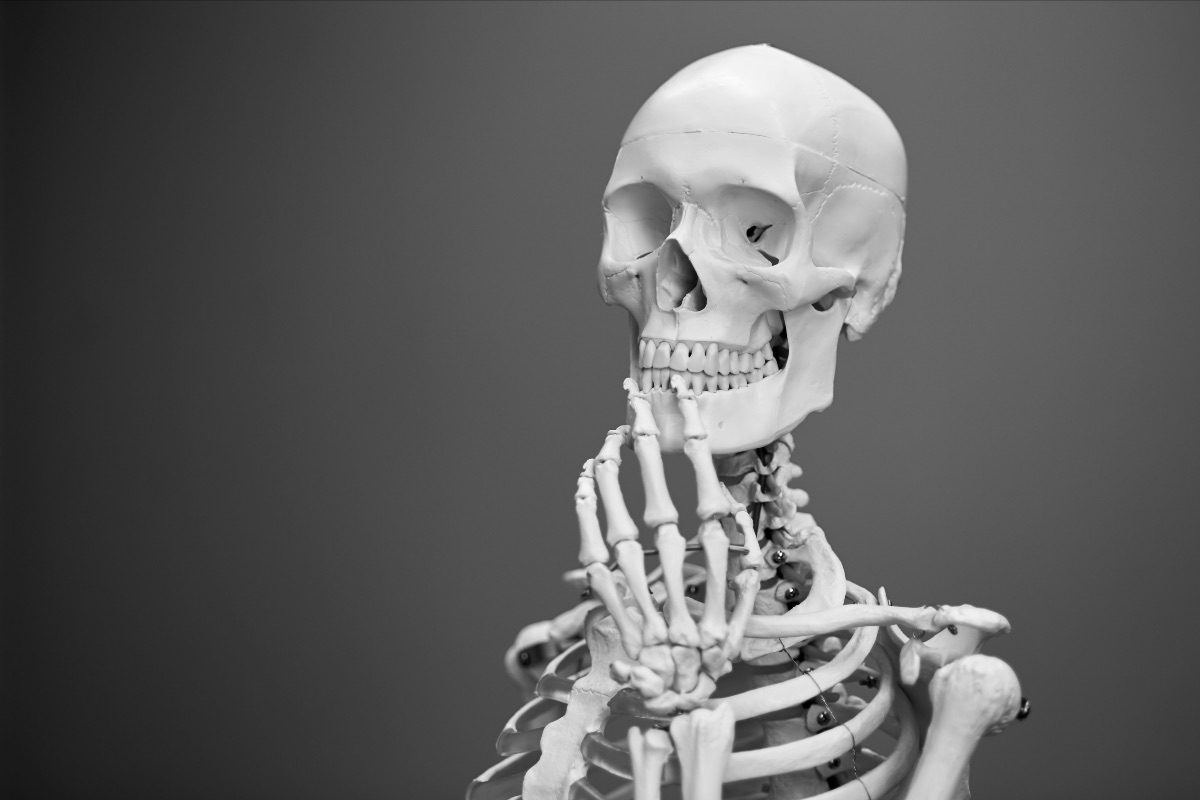
Church renewal requires us to enlist every single member of the congregation in the effort. But each person has a different role to play, and we have to make sure people end up in the right place within the body.
- The analogy of a body is helpful (1 Cor. 12:12). The apostle Paul makes it clear that people in healthy churches know just how much they need each other. They value diversity.
- Navigating this as a church renewal leader can be tricky. However, the image of a human body offers a simple way to think about complex strategies.
Six Parts of the body and their role in renewal
-
The Immune System
- The human body protects itself by rejecting foreign matter, and church culture works in a similar way. No matter how brilliant our ideas about church renewal are, if we come across as outsiders who are presenting foreign concepts, we will be rejected.
- Which people in your church function as the immune system? How can they help you bring about change from the inside rather than from the outside?
-
The Eyes
- The body relies on what its eyes see in the distance in order to make long term plans. Similarly, churches have visionary members who are talented at seeing farther down the road than most others can.
- As you work to implement healthy change, which people in your church can function as visionaries to help lead the dreaming process? How can you bring out the best in them?
-
The Brain
- Our brains receive incoming data from the senses and produce a logical plan of action. Some church members function in the same way, as they excel at strategic planning.
- Which people in your church have this gift and can help you convert raw ideas into a polished plan? Could your church form a team of people who are responsible for big-picture visionary thinking?
-
The Blood Vessels
- The circulatory system is like the body’s post office, sending what is needed where it is needed. Similarly, in churches, ideas do not spread on their own; they are carried by highly connected members who disseminate ideas widely.
- Who are the connected people in your church (connected to youth, long-time members, new guests, etc.)? How can they help ensure everybody is united around the church’s vision?
-
The Skeleton and Muscles
- The body is only able to move and get things done because of a combination of rigid bones and flexible muscles. Without rigid bones, the body would collapse. Without muscles, the skeleton would be strong but motionless — useless. Similarly, churches have a balance of people who are structured and flexible.
- Who is the skeleton of your church — the people who ensure you stay faithful to your calling, even if their thinking is sometimes a bit rigid? Who is the muscle of your church — the people who are eager to go out and try new things? How can you appreciate the balance they provide?
-
The feet
- Lastly, a body is not healthy if it does not move. Feet take the body where it needs to go. Similarly, churches that have a lot of good theology but do nothing with it are useless (1 Cor. 13). Churches that are on the move prove their faith is real (James 2:14).
- What people serve as the feet of your church? Who leads the way in accomplishing the mission day-to-day? Who inspires others to do the same? How can you support them and draw more people into that mindset?
Obviously, it would be great if every person in your church were logical (a brain), orthodox (a skeleton), action-oriented (a muscle), and dedicated to outreach (feet). But the reality is that God gifted us all differently so that we would need each other. As church renewal leaders, our job is to discern how each person is gifted and get them in the right role — the right place within the body!
Take FREE Assessment
Latest Articles
Bill Whitt
Comparing Five Church Planting Models
Bill Whitt
What it Takes for a Church Plant to Thrive
Bill Whitt
A Fresh Look at Church Planting
Larry Doornbos
No Justice, No Renewal?
Bill Whitt
Four Ways to Reach the “Nones”
Bill Whitt
Church Renewal During the “Great Dechurching” of America
Bill Whitt
Tim Keller’s Lessons for Church Renewal Leaders
Bill Whitt
How to Become an Outward-Focused Church
Keith Doornbos



💬 We’d love to hear from you!
What are your thoughts on this topic? How is your church or community engaging these ideas?
Share your insights below — let’s learn from each other!